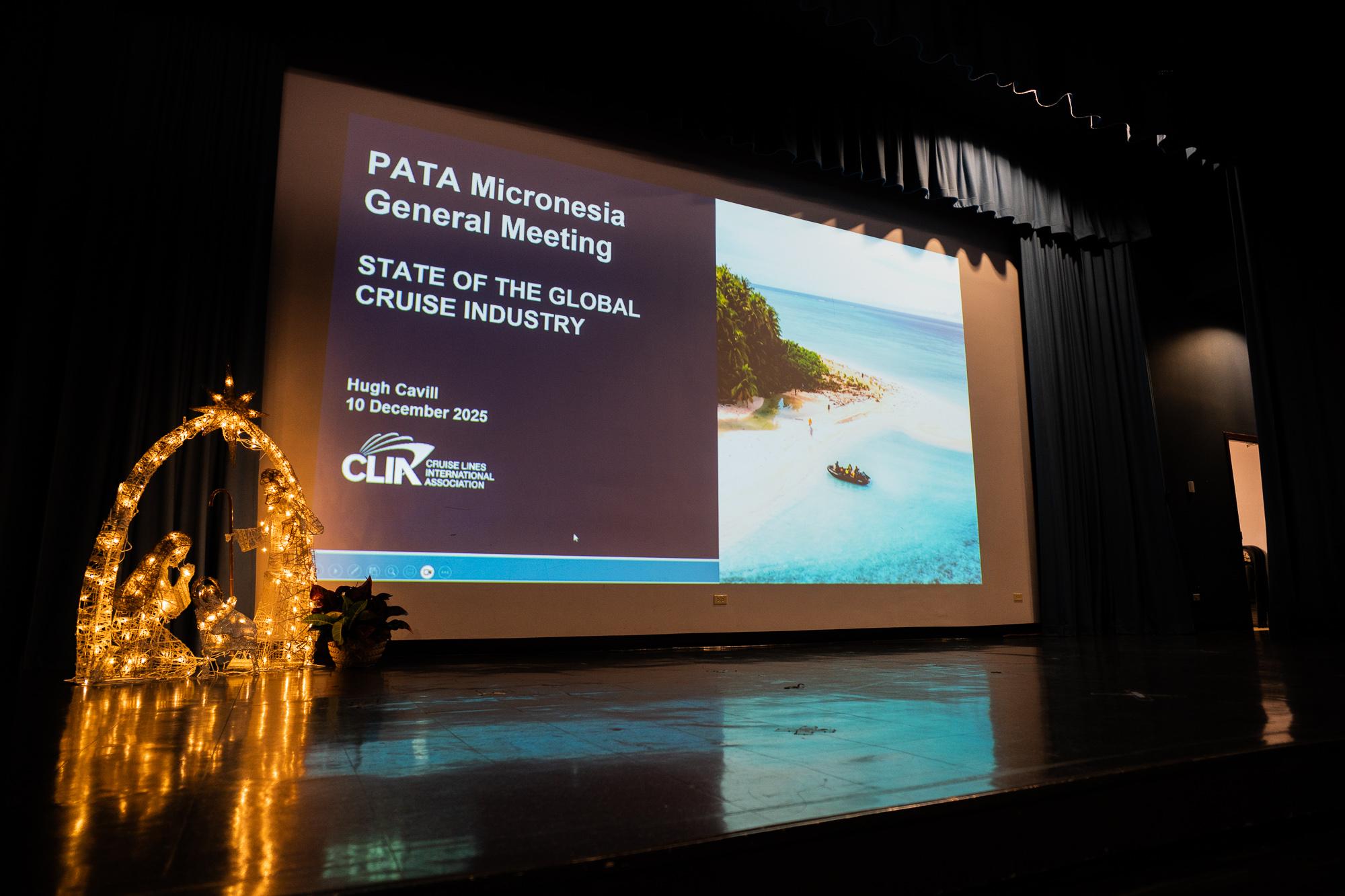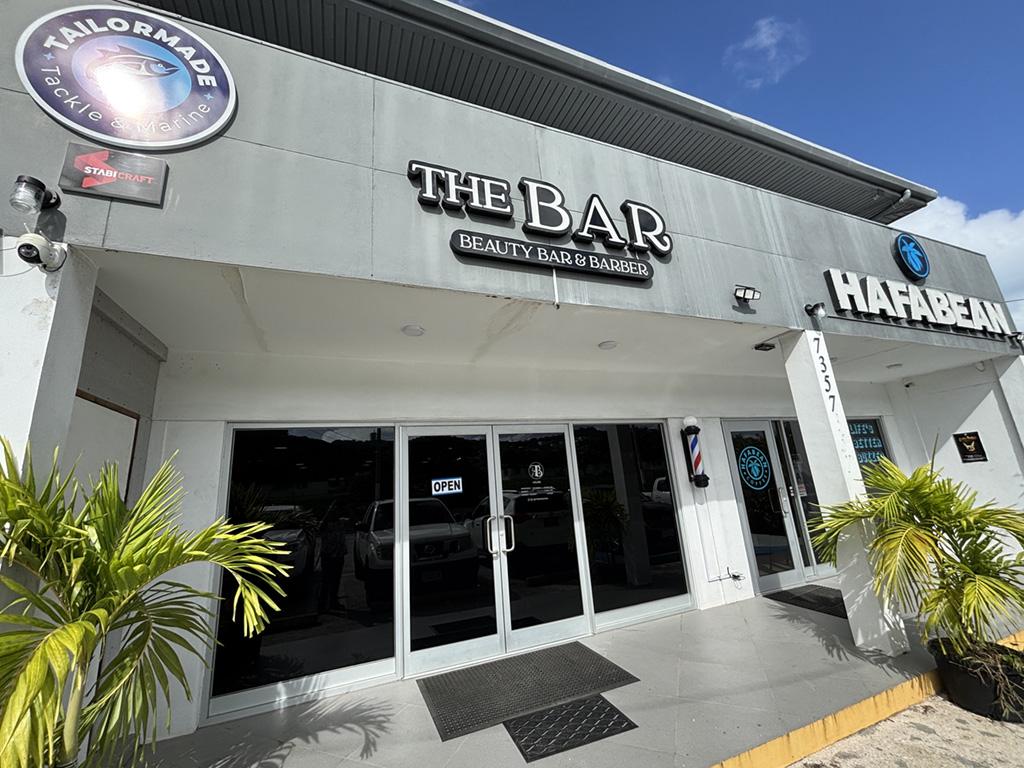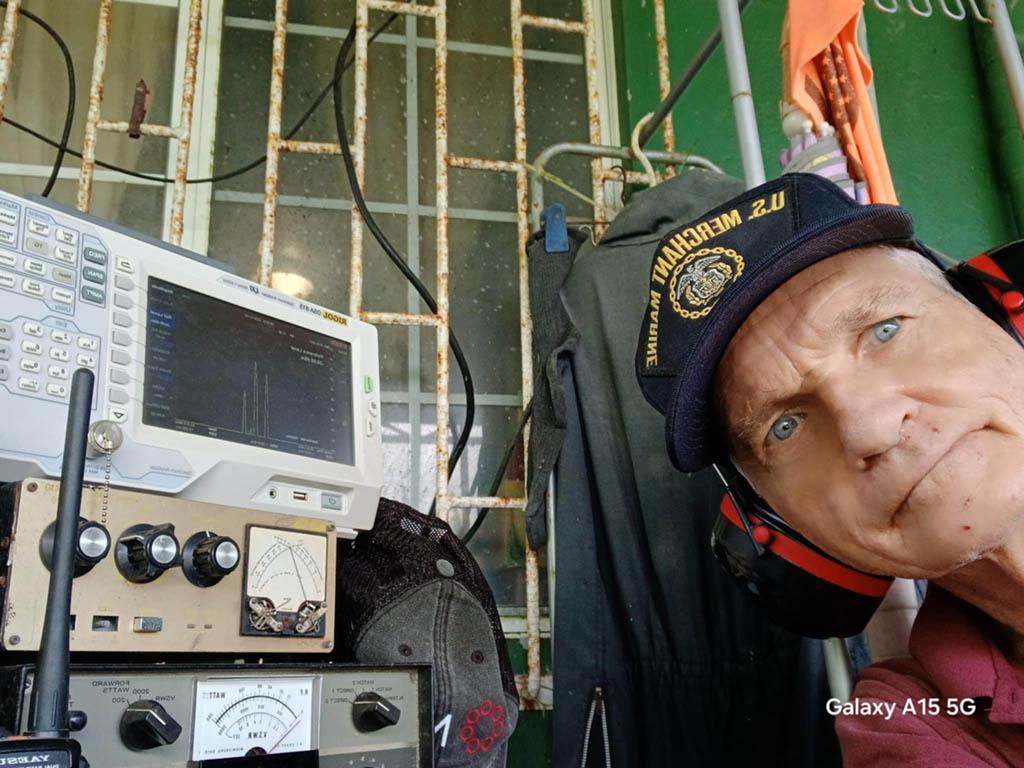BY MAUREEN N. MARATITA
Journal Staff
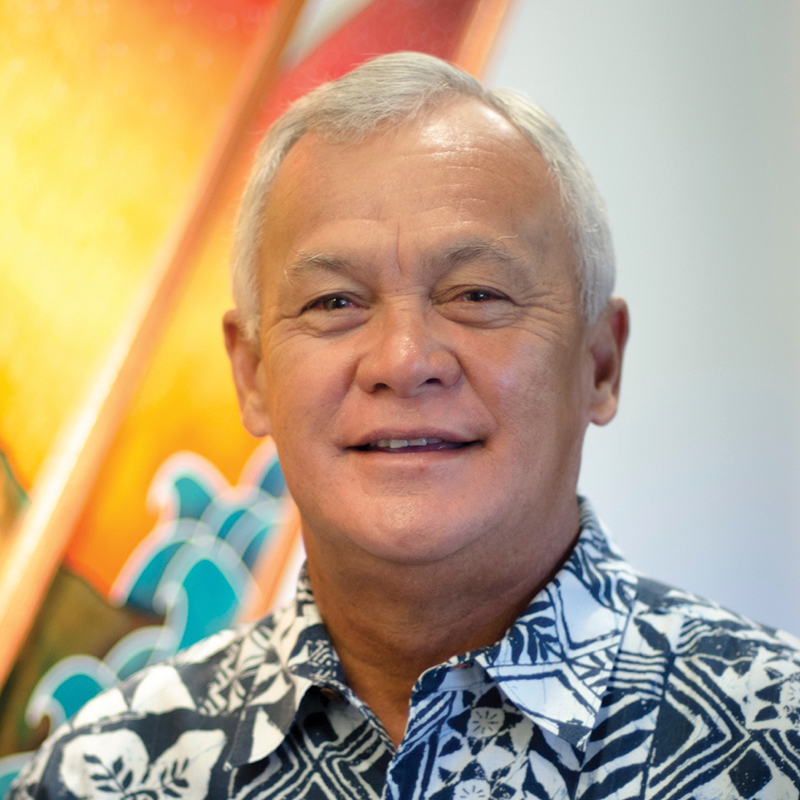
The timing of the project was affected by COVID-19, but also because the estimate of costs soared because of the size and amount of the work, and as an understanding of the logistics needed for the project became clearer to potential bidders.
The divert airfield is not the first, but the Tinian airfield will be the first one in the Western Pacific. The divert airfield will be on the North side of the airport.
For the Tinian business community, the project is high profile because of the economic opportunities it will bring, as well as potential employment opportunities for citizens of the Northern Mariana Islands. The deployment of Naval Construction Battalions Seabees has already injected dollars into Tinian.
After a scoping phase and consideration of Saipan as a location, the Record of Decision “for the Divert Activities and Exercises Environmental Impact Survey” was signed in December 2016. The following year Congress authorized $12.9 million for the Airfield which after combination of $9 million authorized by Congress as part of the 2017 National Defense Authorization Act, brought total funds available to $21.9 million.
In May 2019, the Commonwealth Ports Authority, the Northern Mariana Islands government and the U.S. Department of Defense sign a 40-year lease agreement worth $21.9 million for the project, and it was game on.
The project was originally planned for three distinct phases, but skyrocketing costs made that impractical.
On Nov. 30, 2021, Black Micro Corp. in the Northern Mariana Islands was awarded a $161.82 million firm-fixed-price contract for “site development and for the construction of an aircraft parking apron and taxiway at the Tinian International Airport,” or a re-fashioned Phase 1. Work is due to be completed in October 2025, and the groundbreaking for the airfield was held on Feb. 22, 2022.
As is well documented in multiple Journal stories, the award was made after a long process, significant delays, and a re-fashioned bid for the fuel pipeline and fuel storage, which will be Phase 2. A notice of award is expected on or before April 17.
Leonard K. Kaae, senior vice president and general manager for Black Construction Corp. in Guam and Black Micro Corp in the NMI, is intimately involved in the Tinian project.
“Tinian for us is very challenging logistically,” he told the Journal. Tinian is more than 100 nautical miles from Guam, which he said makes it very costly. However, he said, “I think it’s part of Black’s history to work in austere locations. It’s something we thrive on.”
The mutually beneficial relationship between Black and Triple J Enterprises Inc. is important to the project, and to Kaae and Robert H. Jones, chairman and CEO of Triple J the relationship is also a personal one.
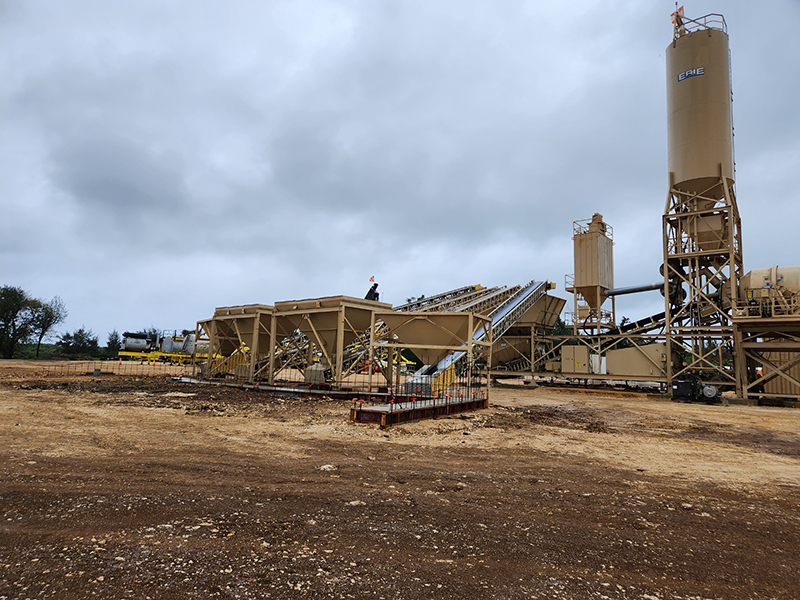
As to the history of the divert airfield to date, Kaae recognized that the contract has brought some essential pivoting for the U.S. military. “I think they’ve learned, just by the mere fact of experiencing the challenges themselves and how difficult things can be under normal circumstances, let alone under a pandemic.”
While interest in military construction in the region remains high, some contractors may be left out in the cold, Kaae said.
“As far as the major programs are concerned, one of the restrictions that will happen on major work is that if you’re not part of one of the MACs (the multiple award construction contracts) — either the mamizu MAC, or the latest MAC — the $2 billion MAC and/or the original MAC – the $1 billion MAC, their likelihood of coming and bidding on that work is out.”
Still, he said, “You could have one-offs, much like this job in Tinian. This was not tied to a MAC program. When you do have those unique one-offs that may arise, you could have bidders coming from the mainland U.S. that may be interested in pursuing work.
“The challenges that they have are the basic infrastructure. To actually come, be competitive, having the equipment, the manpower, the knowledge.”
Coming to Guam is a challenge, he said. “Going to one of the Micronesian islands like Tinian – that is a whole different world,” Kaae said, as it is impossible to list and plan for all the challenges.
Black did seek subcontractors for the divert airfield bid, according to Journal files. Kaae said, finding the right partners is crucial. “It’s relationships too — the longer you’re in the region, the more relationships you generate.”
The divert airfield has brought its share of challenges. “We just found another archaeological find in a very critical location in the middle of the apron area of the job,” Kaae said on Feb. 15. “It’s located in the central portion of the main scope of work. We’ve got a number of archaeological finds that the archaeologists are trying to clear right now.”
Some of the pottery shards are anticipated to be about 500 years of age, he said. “It could be a broader investigation that may delay progress even further.”
Other challenges include World War II era MEC, or munitions and explosives of concern.
“Because of these delays we’ve potentially lost four to five months of actual construction,” Kaae said.
However, he said, “We’re only here for a short time. We always ensure that we’re good stewards for that short time. Wherever Black does business, Kaae said, “We’ve got to respect the local community and the local customs, the local businesses. That’s always been one of my primary goals — to ensure that we’re courteous, we’re respectful, while doing our job.”
As to what lies ahead, he said, “We haven’t gotten far enough into the project to actually deal with any supply chain issues at this point.” he said.
The general scope requires about 1.3 million cubic yards of mass excavation, and approximately 400,000 of mass embankment. “And then we have about 20,000 yards of PCC concrete, which makes up 12 parking aprons for Air Force fueling tankers.” Also included is all of the infrastructure and electrical requirements, followed by the concrete aprons. “The last phase will be the asphalt paving. We’ll construct a portion of the new taxiway,” Kaae said, which is part of the divert project.
Supplies will become crucial when Black starts the placement of the PCC concrete, which will require the importation of cement.
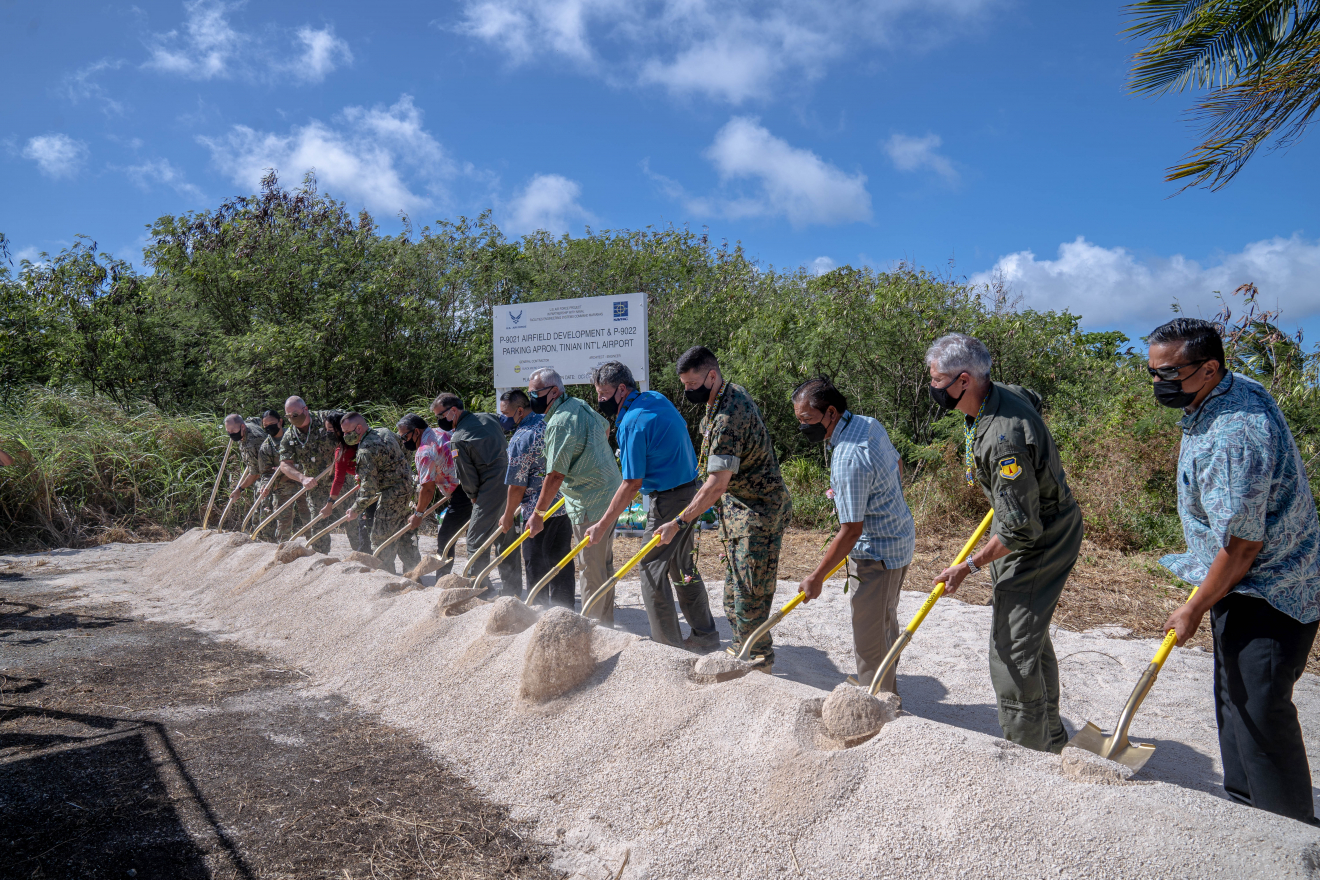
“Hanson Micronesia Cement does business in the NMI and can supply cement for the parking aprons. Asphalt oil for roads will be required also, which Black anticipates will come from Korea or Taiwan, Kaae said. “I’m scheduled to go to Asia in March to meet with the refineries.” While the asphalt is not needed until 2024, Kaae said Black is aiming to secure pricing as well as cover the logistics of shipping to Tinian.
Management of supply is an ongoing concern, he said. “A lot of the major suppliers will give you a quote that’s good for 30 days, one week — some even one day. We have a lot of risk associated with our business.”
For the divert airfield, as far as his focus and attention, Kaae said, “On a scale of 1 to 10, it’s probably a 9 and a half.”
While Kaae said Black has competent people in Tinian, but challenges like MEC and archaelogy — there’s nothing they can do about that. Equipment breakdowns, lack of manpower — that’s another risk we face.”
Kaae said his commitment to Jones was that manpower for the camps would arrive by June 2022. “Our first H2s are arriving Feb. 18 — just a little bit behind schedule.” Arriving are 17 H-2Bs and 2 H-1Bs – which include heavy equipment operators, heavy equipment mechanics masons, and civil engineers, which will be housed in a barracks. The existing management team already on Tinian is upwards of 20 people, Kaae said. They are staying at a separate Triple J site — the Village Lodge.
As to how Tinian will be used by the U.S. military, according to Journal files the U.S. Department of Defense and the Office of the Governor announced in 2022 an amended proposal for military use of the island that has eliminated any training activities on the island of Pagan; construction of landing ramps at Chulu Beach in Tinian; a High Hazard Impact Area for the use of artillery and aviation delivered munitions; an extensive range footprint; extensive fencing, and Special Use air space.
“The new notional proposal contemplates similar training activities that are already currently conducted on the island of Tinian but with an eye towards training for the future that is significantly less impactful and harmful to the environment and the way of life for the people of Tinian than the 2015 proposal,” an April 1, 2022, release said.
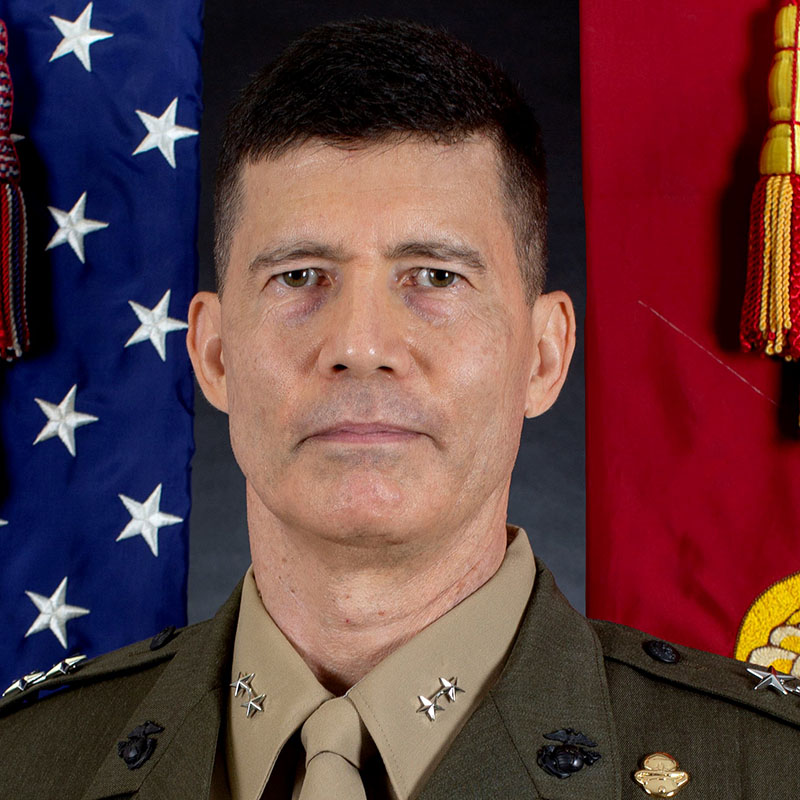
“The EIS process is very thorough. We would like to get through that process by 2025 and construction on the CNMI joint military training project that we’re talking about would occur following that.”
Training on Tinian will be on going, Hashimoto said. “We will continue — not just the Marine Corps, but the Air Force, the Navy and the Army have plans to continue training throughout that period prior to the signing of the Record of Decision. What we anticipate seeing after the Record of Decision … is that we would have standing environmental coverage for more comprehensive, more complex and more ‘future focus’ type of training,” he said.
Marine Corps Training does not need the divert airfield to be completed, he said.
As to the where potential trainees will come from to Tinian, Hashimoto told the Journal, “We see people coming from everywhere. The location of the Mariana Islands is very conducive to not only our forces, but some of our partner nation forces. By no means is it limited to the forces on Guam; we have forces that are transiting the Pacific on ships, others that might come West from their bases in North-East Asia, or East from the continental United States and Hawaii.”
For opportunities for local businesses and potential employees, Hashimoto told the paper, “I know one thing that has been part of the coordination is the course that have been offered — Contracting 101 — to help the local business community understand how you plug into the DoD enterprise to be able to work with DoD and take advantage of some of the opportunities that will arise from construction and operation of those facilities.
“When we think about [CNMI Joint Military Training], one of the highlights is the establishment of an austere base camp that will have a range control organization there that will be focused on the maintenance, the safety, the preservation of the training range. There will be opportunity there — the extent of which is to be determined,” he said. mbj
















